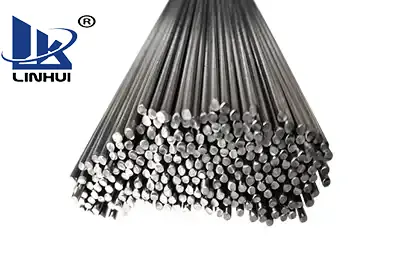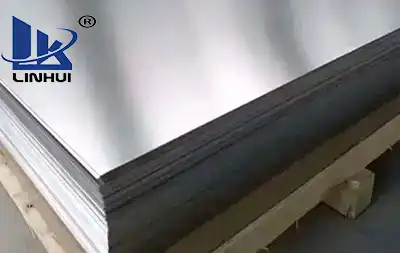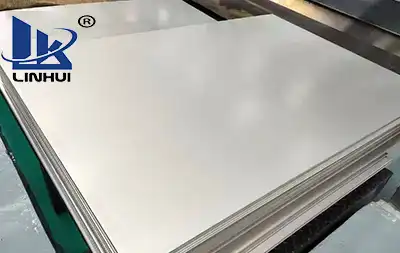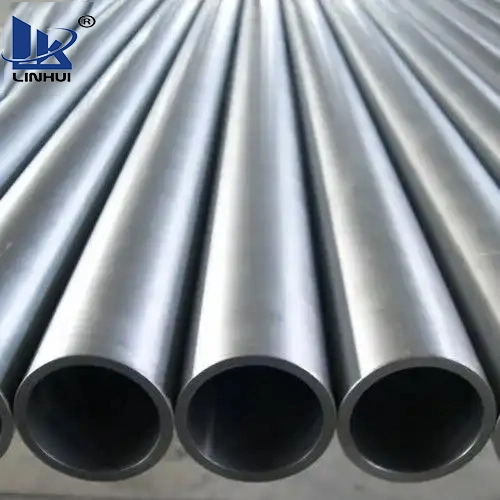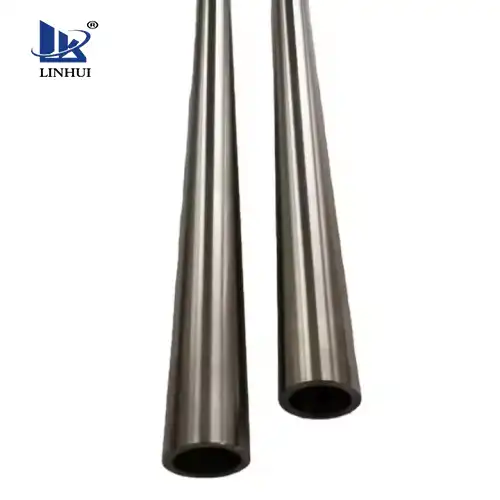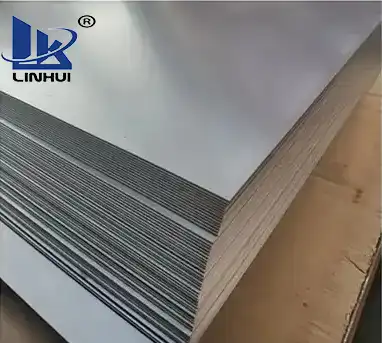Hot Rolling and Cold Rolling: Comparison of Processing Properties
Hot rolling and cold rolling are two key methods in steel processing, with significant differences in processing temperatures, processes, and properties of the resulting products.
Hot rolling, mainly performed at high temperatures, is often used to produce thick plates and sections. This method can improve the plasticity of metal, reduce deformation resistance, improve production efficiency, reduce costs, and improve the processing performance of metal. However, the surface of hot-rolled products is rough, and the dimensional accuracy may not be high enough due to shrinkage during cooling. In addition, it is difficult to accurately control the mechanical properties of the product during hot rolling and may cause internal non-metallic inclusions to be pressed into thin sheets, forming a delamination phenomenon that affects the performance of the steel.
In contrast, cold rolling takes place at room temperature and usually involves further processing of the hot-rolled product. Cold rolling can improve the mechanical properties and dimensional accuracy of the material, and the product surface is smooth. However, cold rolling may cause cold work hardening of the material, resulting in a decrease in stamping performance, its strength and hardness are usually higher than hot-rolled products, but its toughness is poorer.
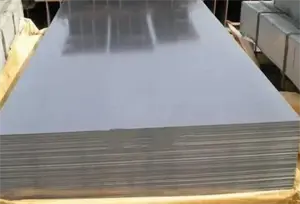
Specifically, the main differences between the two are:
Forming and performance: Hot rolling can destroy the casting structure of the steel ingot, refine the steel grains, and improve the mechanical properties. Cold rolling, on the other hand, causes large plastic deformation of steel through cold working and increases the yield point. However, the cross-section form of cold-rolled steel is mostly open, with low free torsional stiffness and poor torsion resistance.
Residual stress: The residual stress of hot-rolled steel is mainly caused by uneven cooling, while the residual stress of cold-rolled steel is related to the cold working process. The residual stress distribution forms of the two are also very different. The residual stress of hot-rolled steel is film type, while the residual stress of cold-rolled steel is bending type.
Sectional buckling: Cold-rolled steel allows local buckling of the section to utilize the bearing capacity after buckling; hot-rolled steel does not allow local buckling of the section.
To sum up, hot rolling and cold rolling have their characteristics, and which processing method to choose depends on the specific product needs and application scenarios.






